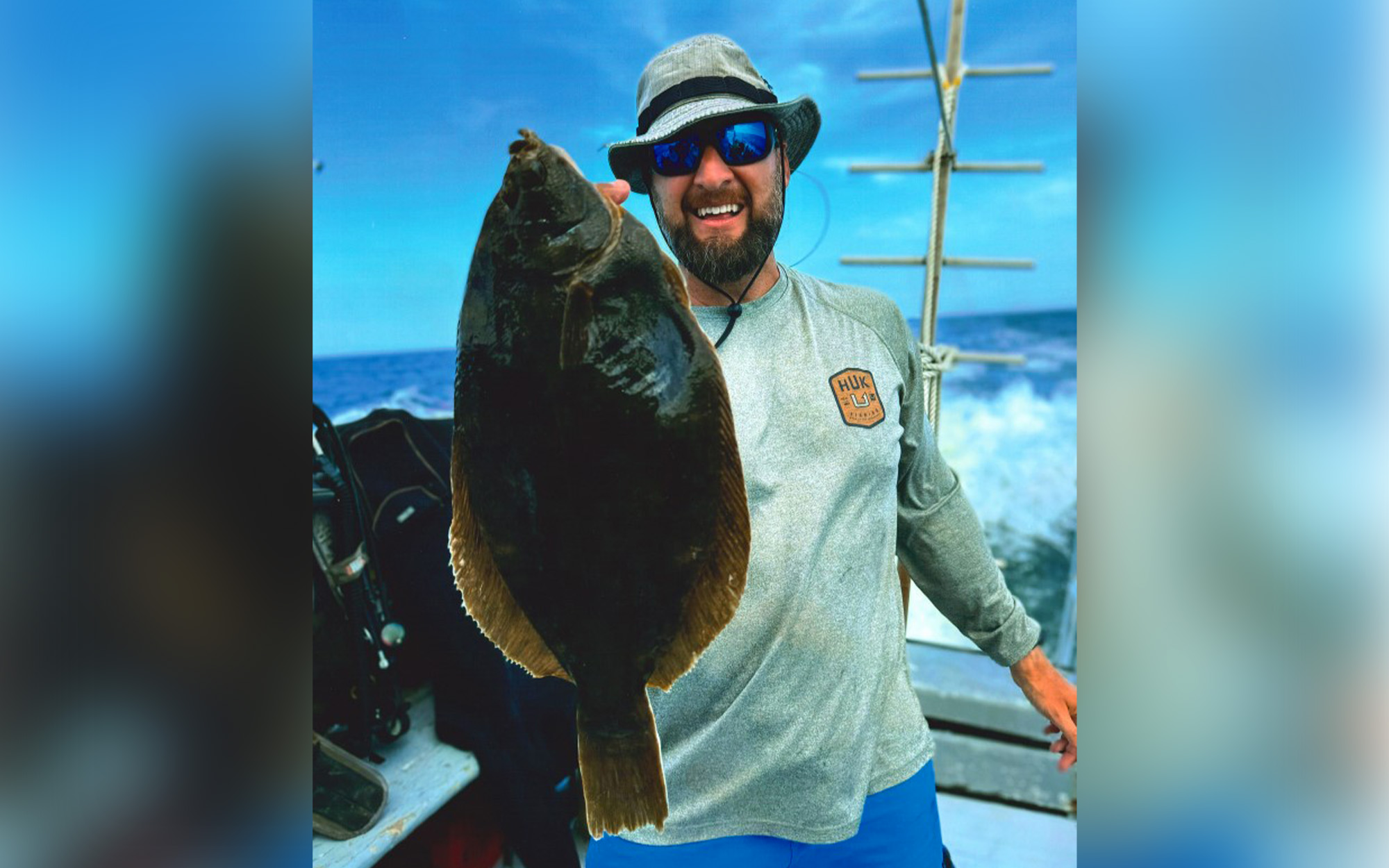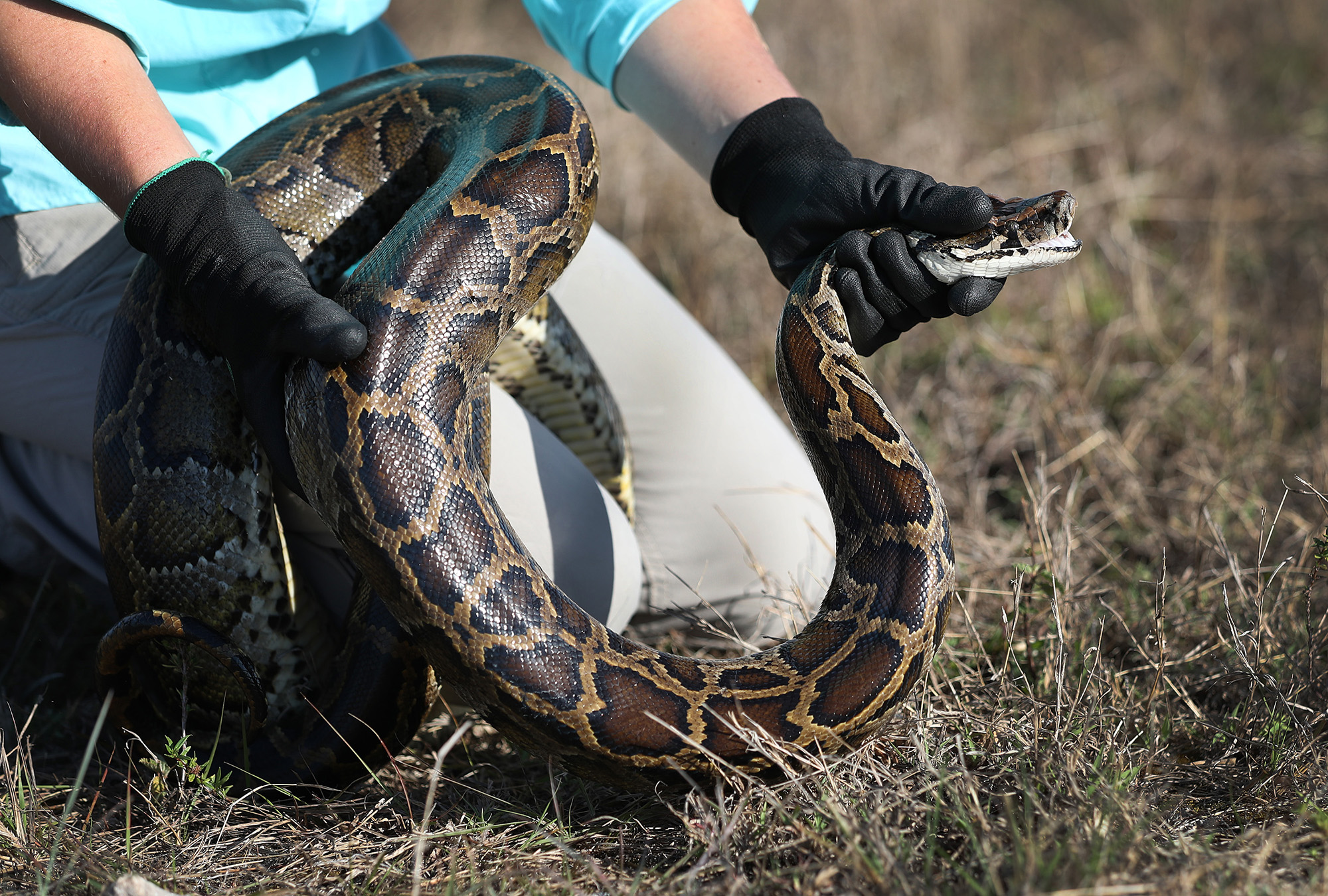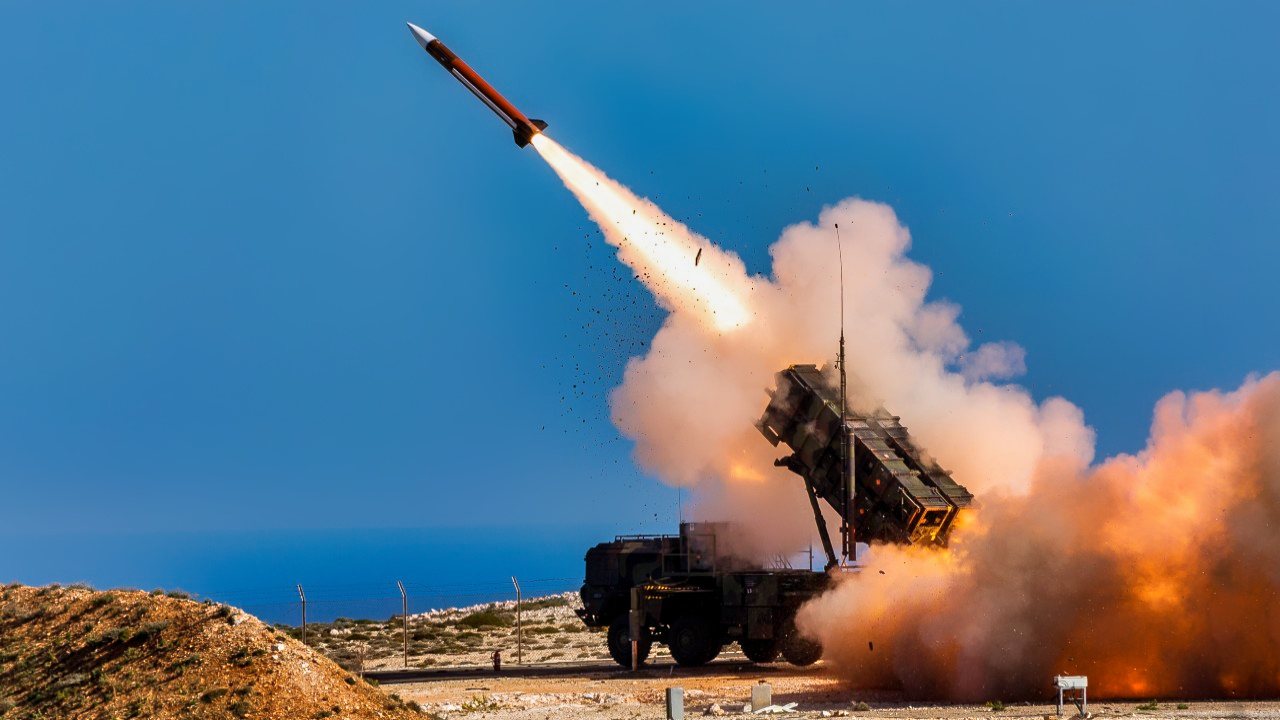The Legendary Hunt for the Mercer Bull, One of the Biggest Elk Ever Taken

This story was originally published in the January 1960 issue of Outdoor Life.
I woke up before daylight, aware that it was very cold in the tent. We were camped at an altitude of 9,200 feet on Cottonwood Creek in the Ruby River country of southwestern Montana. That’s west of Yellowstone and a few miles north of the Idaho border. It was October 21, and by that season the nights in that high country are pretty sharp. The fire was out, so the cold wasn’t surprising. But lying there, half awake, I thought the temperature had dropped since we’d crawled into our sacks the night before.
The ground under my sleeping bag felt lumpy and hard, and I decided against going back to sleep. I ran my eyes around the tent for a hint of gray light, but none showed. I unzipped my bag, found my flashlight, and shined it across to where Paul Stark’s watch was hanging above his bedroll. Four o’clock; too early to get up. I lay back, zipped the bag shut, squirmed onto smoother ground, and dozed off again.
Nothing was farther from my mind than the idea that this might be my most exciting and satisfying day in 23 years of elk hunting.
Next thing I knew, I smelled smoke. That pulled me up, wide awake. I could hear voices. Some hunters camped near us were poking up their breakfast fire. Time for us to be stirring. Paul’s watch said 4:45 now. I slid out of my bag, fumbled into my shirt, trousers, and pacs, and untied the tent flaps.
The ground was white with two inches of soft, dry snow, and more was coming down. In the dim light of early morning, it half blotted out the timber across Cottonwood Creek.
But the snow was also a break. Tracking snow is just about the greatest boon a hunter can hope for. But there along the upper Ruby, we don’t often get it as early as the third week of October. We’d been hunting on bare ground, and had found it lean business. Now, I told myself, I’d kill the bull I wanted.
Paul and I had left home with Delbert Karlstrom on the morning of October 18, the day before elk season opened in that area. We drove the 70 miles to Cottonwood Creek in a jeep and truck, towing a horse trailer with Flikka, our combination saddle and pack mare. Paul is my uncle, 46 years old, and owner of a dairy ranch a few miles south of Twin Bridges, Montana. I’m 39 and work for him on the ranch. Delbert, his brother-in-law, is depot agent for the Northern Pacific at Logan, just east of Three Forks. The three of us have hunted together for years.
We camped on Cottonwood Creek the first time in 1946, and I’d been back there seven falls out of 12 since. This time we’d pitched our tent where the Burnt Creek road —— a rough, unsurfaced jeep and truck trail —— crosses Cottonwood Creek, in the Gravelly Range two miles east of the main Ruby River road and 40 south of the town of Alder. It was the fall of 1958, and that area was open under regular license, for bull elk only. I was after something special, and I had a hunch from my previous trips that I’d find it in the rough and roadless country north of camp.
I started hunting elk in 1935, and a year later made my first kill, a cow, on the Whitetail Range east of Butte. In my book, the elk is the finest trophy animal in the West, and there’s none I’d rather hunt.
I’ve been pretty successful at it too. Between 1935 and 1958, I had taken five six-point bulls (here in the West we count points on one side only; an Easterner would call our six-point elk 12-pointers); I’d also taken five five-pointers, two spikehorns, and six cows. Now I figured it was time I hung up something better than just elk venison, although I’ll admit that’s hard to beat when it comes to good eating. I wanted a trophy head, something for the book. I love the mountains, and there’s a challenge in tracking a bull elk through the rough going of his high-altitude haunts that I don’t find in following any other game. But I certainly didn’t expect to find the kind of elk I did.
Paul and Delbert and I made things snug for a week of hunting. We usually allow ourselves that much time. We started hunting on Monday, October 20, and worked hard that day without getting a shot. The snow came on Tuesday morning; the minute I saw it I figured it meant a change of luck.
I roused Delbert and Paul, walked the few steps to our cook tent, lit the gas lantern and one of our two gas stoves, broke ice on the water bucket, and put the coffee on. Then I started a fire in the barrel stove to warm things up.
Cottonwood Creek was brawling down its rocky channel, making a loud racket in the stillness of the morning. Over the noise of it I heard Flikka nicker, begging for a hand-out, and I walked down and poured her a ration of oats. Paul or Delbert would lead her to water while I cooked breakfast.
Flikka is a steady old gal, and we wouldn’t dream of going elk hunting without her. She belongs to Paul’s son Bob. He’s 16, and she is only a year younger.
I don’t like to ride a horse while hunting, for several reasons. In timber, a horse puts me up among the low branches where I can’t see nearly so far or well. If there’s snow on the trees, it brushes off on me. On foot, I can avoid it. I can walk quieter than any horse, and that’s important in hunting either elk or mule deer. Finally, an elk will often go through timber too thick or up a slope too steep for a horse to carry a rider. I want to be able to follow, no matter where my elk goes, so I stay out of the saddle.
Delbert feels the same way. Paul doesn’t; he likes to hunt from a horse, so he rides Flikka a fair share of the time.
But it’s when we kill an elk in a spot we can’t reach by jeep (and there are plenty of ’em where we do our hunting) that Flikka comes in handy. That mare has paid her way many times, packing elk quarters out to the nearest jeep road.
I went ahead with breakfast while Paul and Delbert doused their faces in ice water, watered Flikka, and fixed her up with hay.
We didn’t hurry. Snow was still sifting down, and tracking conditions were getting better by the minute. Besides, more than once on such a morning, the three of us have knocked over an elk or muley within 200 yards of camp. We figure it makes no sense to start out before full light and spook game when you can’t see to shoot it.
By the time we finished breakfast there were three inches of snow on the ground. We made plans. I voted for a rough chunk of mountains east of Maverick Basin, across Geyser Creek, and about a mile north of camp. I knew there were big bulls in there. It was a tough place to hunt: steep ridges, small creeks, canyons, and rocky peaks. But now that we had tracking snow, I figured my chances would be as good there as anywhere. In hunting elk, as with all game, you have to look for them where they are, and trophy bulls don’t hang out in back yards. Delbert and Paul decided they’d hunt the same general area —— Del on foot, Paul riding Flikka.
When our lunches were ready, I made up my pack. I tote an army packsack that holds all the gear I need. I always take along extra gloves, a vacuum bottle of coffee, several candy bars, a flashlight, 10 feet of ¼ -inch rope, a hatchet, matches in a waterproof container, and a few stubs of candle for starting fires if I can’t find dry wood. At one time or another, I’ve used every one of those items on a hunt, and was glad I had them.
The flashlight is one of the most important. I like to hunt late, especially if I’m on a good track. More than once I’ve taken elk because I stayed on a track until almost dark. Of course that means hiking to camp in pitch dark. It’s not unusual for me to straggle in two or three hours after dark, and I’ve come in as late as midnight. In rough mountain country a flashlight is a must at such times. I’ve never had to stay out overnight, but it’s probable I will one of these days. My hunting partners know my methods well enough that it won’t cause them any concern.
I don’t carry a compass; I don’t need one in places where I hunt. My father taught me when I was a youngster to find my way by keeping close watch of mountains, ridges, passes, canyons, streams, and other landmarks. That way, I won’t get lost in our country. Once I know that darkness is going to overtake me before I get back to camp, I map out mentally the route I’ll take, and carefully note every landmark I’ll need to guide me in.
The pack I made up that morning on Cottonwood Creek weighed 12 or 15 pounds, but it’s not unusual for me to carry 25 to 30. I dislike wearing a coat when hunting. I prefer to put on enough woolen shirts to keep me comfortable, and if there’s wet snow on the brush, I carry a spare. Often I get warm and shed one; the pack comes in handy then, too.
When everything was ready, Paul shoved his rifle into the saddle boot and climbed onto Flikka. Del and I shouldered our packs and rifles (mine is a .270 Winchester Model 70), and trudged away from camp on foot. We took it slow and easy, keeping a sharp watch for elk or mule deer sign. We weren’t too interested in muleys, for we had plenty of those nearer home, but if we got a crack at a trophy buck, we’d knock him over.
“If I find the track of a big elk today,” I told my partners just as we started out, “I’m not coming back to camp until I kill him.”
“What if it takes a week?” Paul kidded me.
“Then I’ll stay out a week,” I said. “But it won’t take that long; I feel lucky.”
Del and I crossed Geyser Creek, walked north another quarter of a mile, and split up. He turned east into thick timber, and I kept on north. I prefer to hunt by myself. One man makes less noise than two, and I’m free to go where I like and travel fast or slow. I see more game and have better luck when I’m alone; my two partners feel the same way, so nobody’s feelings are hurt.
Farther on, I took to a steep, timbered draw that angled up the mountain, to the northeast. Iron Creek ran down through it, there were steep ridges on either side, and the cover was heavy —— a good place for elk to hole up. But before I’d gone far, I heard a noise behind me; Paul was riding up along the creek.
There was no sense in the two of us working the same side of the street, so I turned to my left, panted up the steep slope, and broke out into fairly open timber on the crest of the ridge. I followed it for 100 yards, and there found the snow scuffed up in a broad ribbon of elk tracks.
It was still snowing, but not as hard as at daylight, and the sign was easy to read. There were at least nine or 10 animals in the bunch; all but one left medium-size tracks. If hoofprints meant anything, I was following a big bull and his harem.
In studying the tracks, I decided I was on the trail of the biggest bull elk I’d ever run across. Overtaking him wouldn’t be easy. The tracks indicated the elk were at least an hour ahead of me. It was now 7:30. They’d probably gone through here shortly after daybreak. In such weather they’d be likely to go down into heavy stuff and hole up for the day. The snow was soft but dry, and I’d have to use caution in tracking them.
What little wind there was came from the north. But in timber it would be unpredictable. The elk knew the area better than I did, and the going would be rugged. I resigned myself to a hard day. Maybe it would take more than one day, but it would be the kind of elk hunting I like best——trailing on new snow, and matching wits with a mountain-wise old bull that knows all the ropes. I was confident that when and if I finally came to the end of that big track, I’d be looking at a real trophy head.
The elk were headed down into the draw I’d just left, and at first I figured Paul would hit their tracks as he rode up, but it didn’t work out that way. Iron Creek was frozen and Flikka didn’t like to cross it, so Paul climbed out of the draw behind me and rode off to the northwest, along the edge of Maverick Basin. Delbert was hunting too far to the south and east to cross the elk tracks. I didn’t know it at the time, but win, lose, or draw, I had the big bull to myself.
I took the tracks, walking as fast and quietly as I could, and keeping my eyes and ears peeled. The bull and his cows went down into the bottom of the draw, crossed Iron Creek, worked northeast for half a mile, and recrossed the creek, going north. So far they were traveling into the wind, and I figured I had nothing to worry about on that score, but I hadn’t made enough allowance for the wariness and cunning of the old bull.
After about an hour of tracking, I heard a sudden clatter off to my right; downwind a bunch of heavy animals busted out of thick cover, running straight away from me. The timber was too thick for me to catch a glimpse of them, but I knew well enough what had happened. The bull had led them around in a circle, back to a place where the wind would tip them off about anybody following their track. I’d walked right into the trap.
I could only hope they weren’t badly spooked. I stayed on the track, and it took me half an hour to follow their circle around. They had crossed Iron Creek for the third time and angled back southwest. When I got to the place where I’d jumped them, the tracks went out at a run, but luckily I hadn’t come too close. They must have picked up only a whiff of man smell, for they weren’t badly scared; they ran a short way and then settled back to a walk. I knew now they were only half an hour ahead of me.
Now the wind picked up, and the snow was falling harder, but I didn’t mind. The harder it blew, the less it would eddy this way and that in the timber.
The elk made a big circle, traveling east, then south, and back to the west, until they weren’t more than a mile from our camp on Cottonwood Creek. They crossed Iron Creek once more, and after that the tracks lined out north; I had a good hunch where they were headed. Off that way lay some of the roughest country I’d ever hunted. There were more creeks, high hills, big parks, passes, and open mountainsides with broken, timbered canyons and gulches. I knew I could trust the elk to keep out of open places.
For three more hours I stayed on the track. Then I left it and struck northeast, hoping to get ahead of them. Off there on the headwaters of Iron Creek stood a high, sparsely timbered peak between two open ridges. Up over both ridges ran well-used elk trails, and from the peak I could look down on both. The nearer pass would be within 300 yards, the other not more than 400. That’s long shooting, but not too long for a .270 scoped with a 4X Weaver. I had killed a fine bull in that very spot a year or two before. If I could get there before the elk did, I’d have a good chance of doing business again.
It was an hour’s hike and a hard climb from where I left their tracks to the top of the peak. If they got across the pass ahead of me, I’d have made my climb for nothing. I discarded all caution and hurried, for I was downwind and too far away for them to hear any noise I made. I jumped a small herd of mule deer and crossed one fresh elk track that I judged had been made by a young bull, but I wasted no time on any of this.
It was an hour after noon when I sweated to the top of the peak. I found a place out of the wind where I could put my back against a tree and look down on both passes. Then I leaned my rifle across a log within easy reach, and broke out my lunch. I wolfed it down and drank half the coffee. When I saw no sign of the elk at the end of half an hour, I figured they weren’t coming my way. My best chance was to get back on the track and stay with them.
I put three candy bars in my pocket to munch on as I walked. That left three, half the coffee, and a little spare lunch in my sack-enough to see me through the night if it had to. I traded my wet gloves for a dry pair, slid into my pack, picked up my rifle, and headed down off the ridge. I figured I knew about where I could cut the elk tracks, a mile or two to the southwest. I hit them even sooner than I expected; the big bull was still with his gals.
The tracks led north and east now, angling and twisting through the timber, across ravines and small draws, avoiding parks and passes, heading generally into the wind. I could afford to hurry if I kept an eagle eye ahead.
I soon decided the elk didn’t know they were being followed. Though they kept on the move, they weren’t pushing. My chances were beginning to look better.
Finally I saw something move in the timber ahead. In a second or two I made out the brown and black shape of an elk walking among the trees. I could see no horns, so I settled down on one knee and lifted the .270 carefully to my shoulder to bring the scope into play. Three elk walked past the crosshairs, one after another, but there was no sign of antlers.
In a minute or two they ambled out of sight. No more showed up, but I was sure that nearby lurked the others, including the big bull. The three had shown no sign of uneasiness, and I knew they hadn’t discovered me. If I worked things right, I was close to the end now. I told myself that the trophy head was as good as hanging on my wall. Anybody who has hunted elk 23 years ought to know better.
I moved ahead, making no more commotion than a cat walking on a feather pillow, straining my eyes for any hint of movement. I reached a place where the elk had turned and crossed a ravine, and headed toward a fairly open park. Now, for the second time, I decided to quit the trail. I’d climb a ridge, get above and ahead of them. Then, if they went through the park, the bull was mine.
As I turned away from the tracks, I got a sharp reminder of how foolish it is to let your guard down for even a second on such a hunt. Out of the corner of my eye, I saw something move.
There, 75 yards away, a four-point bull was legging it across an opening. I didn’t get a shot at him and didn’t even try. I knew the bull I’d tracked since morning was a bigger animal. This was almost certainly the lone elk whose track I had crossed a while back. I was afraid he might go barging headlong into the herd and spook them all, but he had his own reasons for not trying that.
I turned back and picked up his track to find out what happened. He’d been standing in a thicket, watching me, and lit out as soon as I took a step. His tracks crossed those of the herd, but he made no attempt to join them. They kept to the timber; he took off across the open ridge. I figured that the bull I was after was so big and tough that the youngster knew better than to go near the harem. A bull elk in his prime tolerates no nonsense of that kind.
The herd couldn’t be much more than five minutes ahead of me now, and I decided it would be best to follow them, after all. Shortly they turned up a steep mountainside, along the bottom of a rough canyon. The timber was mostly fir, not too dense, but thick enough so that I could see no more than 50 to 100 yards ahead.
It was hard climbing, for I was up around 10,000 feet, and the air was thin. But I made the best time I could, knowing that when the elk reached the open ridge at the head of the canyon they’d cross in a hurry, and hit thicker timber on the far side. I had trailed the bunch 12 or 15 miles now, and I was getting tired. I realized that unless I made my kill here on this ridge, I wasn’t going to make it today.
I labored up the mountain for three quarters of an hour, drenched with sweat, fighting for breath, pulling myself up the steepest places by hanging onto trees, and close to complete exhaustion. Then the slope began to level off, and I knew I was close to the top. Careful now! Somewhere on the ridge, or just beyond, I’d get my chance, if I was going to get it at all.
The tracks turned left in single file, and went down into a little timbered ravine. The open ridge lay just beyond. I mustered enough strength to run down the slope of the ravine and scramble up the other side. When I poked my head over the rim, the biggest bull elk I’d ever laid eyes on was standing broadside to me, not 50 yards away.
He was feeding, head down, but even in that position he was the most magnificent wild thing I had ever seen. His brown coat rippled over his bulky body with every move he made, his mane stood out black against the snowy mountainside, and his heavytined, white-tipped rack looked almost as tall as a man. Everything about him spoke of strength and arrogance; I didn’t wonder that the younger bull had given him a wide berth.
There were other elk all over the place, but I didn’t pay any attention to them. I sized up the big bull in a hurry, not wasting much time in admiration. This was the best shot I could hope for. If he discovered me, he’d reach the timber in three or four long strides.
I was breathing too hard for steady shooting, and maybe I had a touch of buck fever as well, for I’d never seen anything like this bull. But I had no choice.
The snow had stopped half an hour earlier. When I’m hunting in wet snow, I protect my scope with a cloth around the end, tucked in, not tied, so I’m ready for a quick shot, but I hadn’t found that necessary this time. I’d checked the scope frequently all day, and the dry snow hadn’t bothered it.
I put the crosshairs on the bull’s heavy neck just behind the ears. Before I could squeeze the trigger, he seemed to sense danger; he threw up his head and looked off down the ridge.
I got on him again, picking the same spot, and slammed my 150-grain softpoint into him. I saw his whole body shake and knew I had done severe damage, but I didn’t wait for him to go down. I bolted in a second hull and belted him again, in about the same place. He crumpled and fell like a dishrag.
From where I stood, I counted 12 cows in the open timber around him, all within 100 feet. They milled for a minute, and some of them stood and stared at him, uncertain what had happened. Then a gaunt old girl lit out over the ridge, and the others broke and followed.
I fed two fresh shells into the Winchester .270 to replace the two I’d used, and walked carefully toward him. A wounded elk with a spark of life can be pure poison. My brother had a close call a few years back when he tried to cut the throat of a bull he had flattened. The elk wasn’t quite finished, and he lunged, caught my brother, and pinned him down. If his hunting companion hadn’t been near enough to hear him yell, he’d have been in bad trouble.
I didn’t want anything like that to happen to me, and this fellow was nothing to fool with. But there was no need for caution. He was as dead as a smoked salmon. The first shot had hit in the neck six inches behind the head, about three inches low, grazing the windpipe. The second had shattered the spine just above the first.
I took five minutes to look him over and admire the head. He had seven points on each beam, a royal rack (it takes seven to qualify as a royal), the dream of every man who hunts elk, and the first I’d ever taken in that class. I’d done better than I’d dared hope. But I still didn’t know just how much better.
I couldn’t get enough of looking at him, but there was work to do, and I knew better than to lose time. I got the rope out of my pack, threw a loop over an antler, and worked him around until he was headed downhill. I guessed his weight at 1,200 pounds, far too heavy for one man to handle under ordinary conditions but he skidded fairly well on the snow, and I managed to ease him down to an open spot where I could dress him out.
Dressing an animal of that size is a bigger chore than you think until you’ve tried it. My knife was sharp and I worked fast, but it took me well over half an hour. When I finished, I had only about an hour of daylight left. I was seven miles from camp as an eagle would travel, and a lot farther the way I’d have to go. We drove 21 miles with the jeep getting back to the elk the next day.
Read Next: The New World-Record Archery Elk
I ate all my candy bars, finished my coffee, pulled the last pair of dry gloves from the pack, took a careful look at the landmarks on all sides so I’d have no trouble finding my way back to the kill in the morning, and trudged off down the ridge.
It was a long hike for a tired man, but I knew the country and was back at camp a couple of hours after full dark. It snowed most of the way. There were five inches on the ground when I got in, and two more the next morning.
Fortunately I had killed the elk in about the only spot for miles around that we could reach by jeep. As a result, Flikka missed a tough assignment. We drove in along the ridge, and getting the head and quarters back to camp proved easier than we expected.
I realized I had taken an exceptional head, and when we got home I borrowed the Boone and Crockett Club book, Records of North American Big Game, from Frank Rose’s Sport Shop at Twin Bridges. Following the book’s instructions, I put a tape on the horns; the results must have made my eyes pop. Unless I was making a mistake, I’d taken one of the really good elk heads of all time.
I lost no time getting in touch with Joe Gaab, a Montana conservation officer at Livingston who’s also an official measurer for Boone and Crockett. He confirmed my opinion, and even went a couple of points better.
The outstanding thing about the head was the length of the horns: a fraction over 59 inches, less than an inch short of five feet. The inside spread of the main beams was 53 inches, the greatest outside spread 56. Gaab’s official score gave my trophy 417 6/8 points, and this has since been confirmed by the Boone and Crockett Club in New York.
I had killed the best elk ever taken in Montana, and the second best on record anywhere, bettering the No. 2 head on the Boone and Crockett list, which was taken on the Wieser River in Idaho in 1954. That bull scored 414 4/8 points. The world-record head, scoring a whopping 441 6/8, was taken in the Big Horn Mountains of Wyoming, back in 1890. Winter range for elk was better in those days, and the bulls grew bigger racks. Boone and Crockett Club officials predict that’s a record likely to stand for years to come. That’s all right with me. I’m satisfied with the No. 2 spot.
Read the full article here









